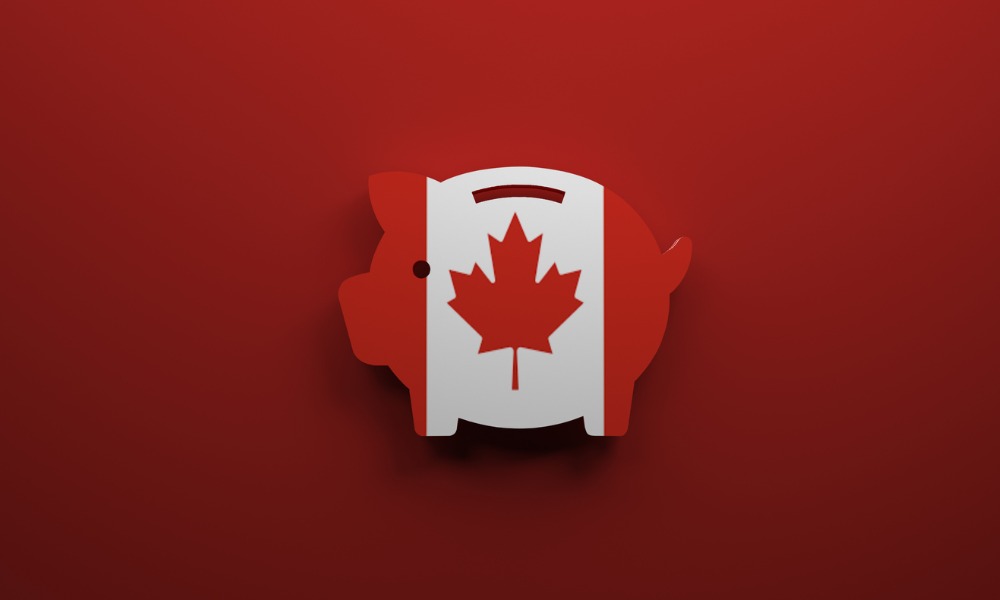Deputy governor addresses criticisms, says quantitative easing helped stabilize economy

The Bank of Canada’s use of quantitative easing (QE) and extraordinary forward guidance during the pandemic encouraged borrowing activity, according to a senior official defending the bank’s actions.
In a speech on Thursday, Deputy Governor Sharon Kozicki said the BoC's QE program, which involved purchasing C$340 billion in bonds, helped to encourage borrowing by lowering bond yields.
Kozicki also justified the bank's extraordinary forward guidance, referring to Governor Tiff Macklem's 2020 message that interest rates would remain low for longer than markets expected. She said it helped to lower longer-term rates.
According to Kozicki, both QE and forward guidance aimed to stimulate spending and ensure inflation didn't fall below the 2% target.
While the central bank estimates QE added up to 3% to GDP, she said, "The evidence suggests that the run-up in inflation that started in 2021 was mainly driven by supply-side issues, including commodity price swings and supply disruptions."
Read next: OSFI sees 'imbalance' in mortgage stress test for renewals
Nevertheless, Kozicki acknowledged the bank is reviewing these measures and their broader impacts, with plans to release findings early next year.
“I’m not going to pretend that we got everything right in our pandemic response,” she said.
The BoC's actions, particularly its forward guidance, drew criticism from Conservative leader Pierre Poilievre, who threatened to fire Macklem if elected, though he has since backed away from that stance.
Macklem's July 2020 statement that interest rates would remain low "for a long time" shook public confidence when the bank started an aggressive hiking cycle just 20 months later, raising rates by 475 basis points to combat inflation.
Last week, the BoC cut its key rate to 4.75%, leading major central banks in monetary easing. Kozicki reiterated the bank's view that "underlying price pressures are easing."
While defending QE's role in lowering yields, Kozicki said the bar for using it again is "very high." She also noted that yields were more closely linked to the policy rate during the pandemic than previous rate-cutting periods.
Make sure to get all the latest news to your inbox on Canada’s mortgage and housing markets by signing up for our free daily newsletter here.



